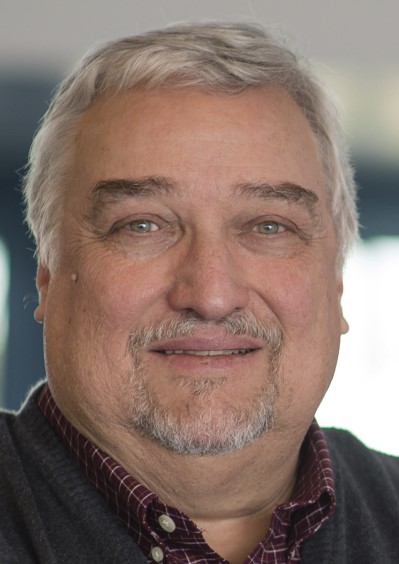Colloquium298
Colloquium # 298
The Bright Future of Gravitational-Wave Astronomy
By Fred Raab
Associate Director for Observatory Operations,
LIGO Laboratory, California Institute of Technology
Wednesday, Dec 18th 2019 at 3:30 PM
Seminar Hall

Abstract
The detections of gravitational waves from the coalescence of black holes binaries marked the initiation of gravitational-wave astronomy. GW170817, the first detection of gravitational waves from the inspiral and merger of a neutron star binary and its subsequent electro-magnetic follow-up introduced a powerful new phase of multi-messenger astronomy. This follows many decades of developing gravitational-wave detector technology as well as building an international network of gravitational-wave observatories. LIGO-India will soon begin construction of another important node in this network. This talk will provide a general introduction to the basic principles underlying gravitational waves, the emerging network of detector facilities, the catalog of detections from the first observing runs of the network and prospects for the future.
About the speaker
Prof. Frederick J. Raab is the Associate Director for Operations of the LIGO Laboratories. He oversees the technical management of the LIGO Hanford and Livingston Observatories as well as serve of the LIGO Lab Coordinator for the LIGO - India Project. Prior to this Prof. Raab was the Head of the LIGO Hanford observatory.
He came to the California Institute of Technology in 1987 as an Assistant Professor of Physics. He was a co-author of the LIGO Construction Proposal, submitted in December 1989. Later, he led the design of the seismic isolation and suspensions systems for the Initial LIGO detectors and he developed the scenario and co-authored the proposal for LIGO Operations. He was appointed to be Head of LIGO Hanford Observatory in 1994. Since then he has recruited and mentored the science, engineering and technical staffs at that observatory and developed the relationship between the observatory and the surrounding community. He is a Fellow of the American Physical Society and he often serves the US National Science Foundation as an expert review panelist or review chair for major facilities projects ($200-400M class) and operations in the physical sciences, engineering and biological sciences. He also served for many years as the Co-Chair of Joint Run Planning Committee (JRPC) for the LIGO Scientific Collaboration and the Virgo Collaboration. JRPC coordinates the operations of the two USA LIGO observatories as well as the Virgo observatory and GEO600 observatory.

